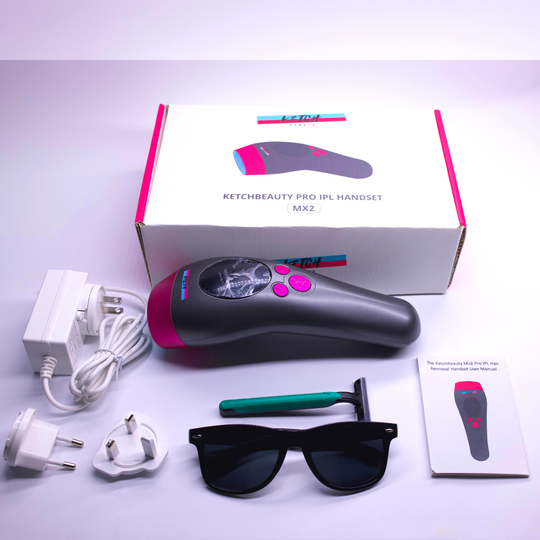The Unexpected Changes from Hormone Replacement Therapy
Hormone replacement therapy (HRT) involves taking estrogen, testosterone blockers, or other hormones to match one's physical body with their gender identity. For transgender individuals, HRT is often an essential part of transitioning to alleviate dysphoria. However, some changes from HRT can be surprising.
So, in this article, we delve deeper into the unexpected changes from Hormone Replacement Therapy.
What is Hormone Replacement Therapy?
HRT is used by transgender, nonbinary, and gender-diverse people to induce physical changes more aligned with their gender. For transfeminine individuals, this typically involves taking estrogen and anti-androgens to suppress testosterone.
The goal is to develop more feminine secondary sex characteristics while preventing unwanted masculine traits from testosterone. HRT regimens are customized to meet each person's transition goals.
Breast Development
One of the most noticeable effects of HRT is breast growth. However, many transfeminine people do not expect hormones alone to stimulate significant breast development.
Some hope to minimize growth, while others want full, round breasts without needing implants.
Depending on genetics and hormone doses, HRT results can range from modest breast buds to full C-cup size or beyond. For those desiring ample cleavage, this extent of growth with hormones alone often comes as a welcome surprise.
Height Changes
Estrogen normally stops vertical growth in AMAB (assigned male at birth) individuals once epiphyseal plates in the long bones of the arms and legs calcify and fuse.
However, some transgender women and nonbinary people assigned male at birth actually gain a couple of inches in height after beginning HRT in their late teens when growth plates are still open.
While this delayed growth spurt may cause gender dysphoria for some, others do not mind or even appreciate the extra height.
Voice Changes
In addition to vocal training, some AMAB individuals notice voice changes after being on HRT for a while. Speaking in their old pitch range becomes difficult and strained, suggesting hormonal effects on vocal cord thickness and larynx size/shape.
The combination of estrogen and regular vocal exercise enables deeper voice changes and a more feminine voice for many trans women and transfeminine nonbinary people.
Bone Structure Shifts
HRT does not simply change fat distribution and muscle mass. For those who begin hormones at a young age before growth plates close, it can also modify bone structure - especially in the hips, shoulders, face, hands, and feet.
Transfeminine people may develop a rounder jawline, smaller nose and chin, narrower shoulders, wider hips, and overall more delicate skeletal frame. These bone structure changes lead to a more feminine body shape.
Shoe Size Decreases
Along with subtle bone structure changes, some AMAB individuals notice their shoe size decreases after being on HRT for 1-2 years.
This may be due to slight changes in foot and ankle proportions, arch height, and overall foot shape into a more delicate form. A smaller shoe size makes finding cute heels and boots that fit much easier!
Reduced Hair Growth
While HRT is known to slow the rate of body and facial hair growth in AMAB individuals, some transgender women experience a near-total halt of new hair after being on hormones for a while.
No longer needing regular hair removal treatments comes as a very welcome surprise. For dealing with any remaining hair, at-home devices like the KetchBeauty IPL provide a convenient option for permanently reducing hair on the face and body.
Intense Pulsed Light (IPL) handset offers a cutting-edge method for hair removal that is longer-lasting than traditional methods.
The Unexpected Changes from Hormone Replacement Therapy: Conclusion
In conclusion, hormone replacement therapy (HRT) can bring about unexpected changes for transgender and nonbinary individuals. These changes can range from breast growth and height gain to voice changes, bone structure shifts, and reduced hair growth.
While HRT is a personalized process, it can provide hope and empowerment for those seeking to align their physical body with their gender identity. It is important for individuals considering HRT to be aware of the potential changes and to consult with a healthcare professional to determine the best course of treatment for their individual needs.
